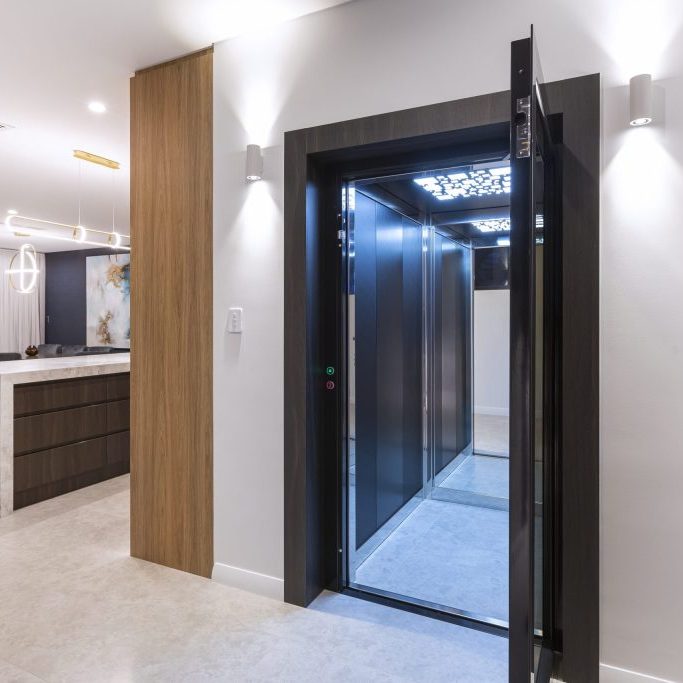Untangling the Intricacies of Lift Modern Technology: Troubleshooting Common Problems Across Lift Versions
From sluggish operation issues to peculiar sounds emanating from the equipment, troubleshooting common troubles throughout different lift designs requires an eager eye for detail and a systematic technique. Remain tuned as we navigate via the maze of lift malfunctions, seeking services to the enigmatic problems that can interfere with the smooth performance of these important apparatuses.
Recognizing Slow Procedure Issues

Following, examine the electric links to ensure that all components are appropriately linked and functioning. Damaged circuitry or loose links can lead to slow procedure or total malfunction of the lift system. Additionally, it is necessary to examine the control system to determine if the problem exists in the shows or sensors.
If the visual inspection and electric checks do not expose the origin reason of the slow procedure, further analysis examinations might be needed. These might consist of stress tests for hydraulic systems, voltage examinations for electric elements, or running diagnostic software program for the control system. repair and maintenance services. By complying with an organized technique to repairing sluggish procedure problems, you can successfully determine and resolve the problem, guaranteeing the lift runs safely and effectively
Resolving Odd Sounds
To effectively fix lift modern technology for strange sounds, a thorough examination of the lift components adhering to the recognition of slow-moving procedure problems is imperative. Unusual noises in lifts can be a measure of underlying problems that require punctual attention to make sure the safety and integrity of the system.
Additionally, it is essential to refer to the lift producer's maintenance guidelines and seek help from certified technicians when handling intricate lift components or strange troubleshooting treatments. By promptly resolving and resolving odd sounds underlying issues, lift operators can guarantee the ideal performance and safety of the lift system for drivers and passengers.
Dealing With Faulty Control Issues
An efficient strategy for dealing with faulty control issues in lift innovation entails carrying out a comprehensive evaluation of the control system's elements and functionality. When running into issues with lift controls, it is important to initial check for any type of loose connections, damaged electrical wiring, or malfunctioning sensing units. Confirming that all control screens, keypads, and switches are operating properly is additionally vital in detecting the navigate here trouble properly.
If no noticeable problems appear, professionals ought to continue to check the control board for any indicators of water damage, getting too hot, or rust, as these can commonly cause manage malfunctions. Furthermore, resetting the control system or updating the software might help fix particular glitches or bugs causing the issue.

Taking On Hydraulic System Malfunctions
The performance of hydraulic systems in lifts relies heavily on the proper performance of different elements within the system. When hydraulic systems malfunction in lifts, it can result in functional disruptions and security concerns. One typical concern is hydraulic liquid leakage, which can take place due to damaged seals, loose connections, or harmed cylinders. To tackle this trouble, professionals ought to perform an extensive inspection to determine the resource of the leakage and replace any malfunctioning elements quickly.
In addition, abnormalities in hydraulic fluid levels or unusual noises throughout lift operation might show underlying system malfunctions that need prompt focus to protect against more damages. Regular upkeep Learn More and timely troubleshooting of hydraulic system problems are crucial to making certain the effective and risk-free procedure of lift technology.
Dealing With Electrical Element Failures
Addressing electrical element failures in lift modern technology requires a methodical strategy to detecting and resolving problems to keep operational functionality and safety and security standards. When running into electric issues in lift systems, it is important to very first perform a thorough assessment of the electrical parts, consisting of control panels, circuitry, sensing units, and motherboard. Any signs of damage, deterioration, loosened connections, or burned aspects should be carefully noted and attended to without delay to stop more difficulties.
In the instance of electric element failures, it is important to comply with maker standards for repairing and repair work procedures. This might entail testing the parts making use of multimeters, oscilloscopes, or other analysis devices to determine the precise source of the breakdown. Additionally, having a comprehensive understanding of the lift's electric schematics he said and circuitry layouts can assist in identifying and fixing issues successfully.
Normal upkeep and evaluation timetables can aid stop electric failings by detecting potential problems early. Appropriate training for lift specialists on electrical systems and components is likewise essential to guarantee exact diagnosis and reliable resolution of electrical problems, inevitably adding to the general security and reliability of lift procedures.
Final Thought
Finally, fixing lift technology needs an organized approach to determine and address common problems such as sluggish procedure, strange sounds, malfunctioning controls, hydraulic system breakdowns, and electrical component failings. By comprehending the complexities of lift modern technology and complying with proper repairing actions, professionals can successfully solve problems and make certain the effective and safe operation of lifts across various models.
To effectively fix lift modern technology for unusual sounds, a complete assessment of the lift elements complying with the identification of sluggish procedure concerns is essential. Unusual noises in lifts can be a measure of underlying troubles that call for prompt focus to guarantee the safety and security and dependability of the system.An effective technique for resolving faulty control issues in lift innovation involves performing an extensive analysis of the control system's elements and capability.The performance of hydraulic systems in lifts counts heavily on the appropriate functioning of different elements within the system. repair and maintenance services. When running into electrical issues in lift systems, it is essential to initial conduct a comprehensive evaluation of the electric elements, including control panels, circuitry, sensors, and circuit boards